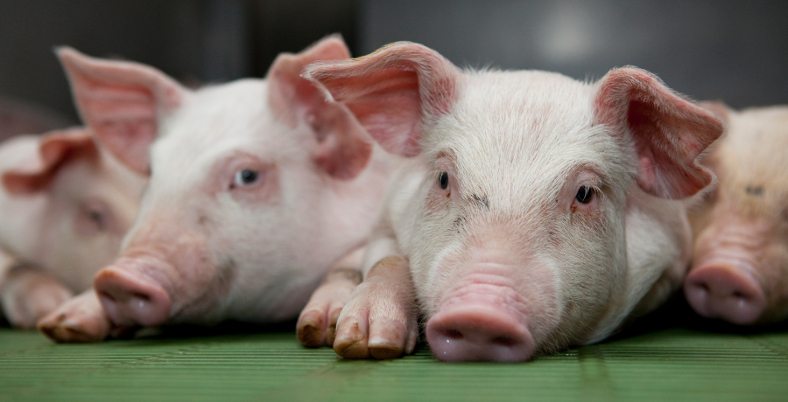Pig Prices Move in the Right Direction – Read the Latest Pig League

The league prices continued to move in the right direction during June with all processors adding 4c during the month.
Another increase was announced on the first Friday of July, bringing top prices up to €1.48/kg (excluding VAT) for pigs sold week beginning July 4th.
It is clearly evident pig prices, and indeed sow prices, are moving upwards. However, factories are being criticised for the lack of urgency to increase prices. This is apparent when looking at the EU price trend over recent weeks and months. As of week 26 (week beginning 27th June) Irish prices are just below 94% of the EU average price (Source EU Commission).
Over the past two months, average EU prices have increase by 26c whereas Irish price have increase 11c for the same period. Although Irish prices didn’t hit the same lows as other EU countries over the past 18 months we are certainly lagging behind currently with a slower recovery. It is also important to note that production costs for Irish producers are higher than EU counterparts, mainly driven by a higher feed price – up to €40/t (16c per kg) more expensive compared to other Member States.
Looking at the global market, pig prices are certainly in recovery mode and the upward phase of the pig price cycle looks well established. Price reported in June for the US, Canada and Europe all showed steady upward moves – a result of the global market reacting to lower supplier and stronger demand. This trend looks set to continue for the remainder of 2016, at least.
China
China continues to be the central topic when talking about pig prices and it is widely recognised that China’s pork consumers have played a big part in turning around the European pig industry in recent months. Current meat consumption in China is 63kg per capita – with pork making up over two thirds of this. A steep declining domestic herd since 2013 has led to a surge in pigmeat exports to China. Imports have grown almost 80% YOY in April 2016. The sources of those imports have changed with the US losing a large proportion of market share in 2015. However, in 2016 the US have regained some of this loss with greater availability of ractopamine free supply of pigmeat. Nonetheless, the dominance of EU exporters in this market is now clearly evident.
EU exporters have made the biggest gains in market share for a number of reasons – most notably a more attractive exchange rate in addition to the availability of high quality pigmeat, free from Ractopamine. Since 2011 the USAs share of Chinese imported pigmeat dropped from around 60% to approx. 28% in 2014. In contrast the Danes have held their share of exports to China at around 16%. The Germans also held their share at 9%. Reports suggest the main reason for the decline in Chinas domestic pig herd is due to new, more restrictive environmental legislation, indicating that high imports are set to continue for remainder of 2016, as a minimum.
The total volume of Irish pigmeat exports has increase 18% for the first 4 months of 2016 compared to the same period in 2015. This is mainly driven by increased exports to China (+94%), as well markets such as Australia, where Ireland first started exporting in 2012, and has gained quiet a lot of ground since. It is also important to note that the value of these export has also increased, most notably the value of exports to China has increased 23% for this period YOY.
Pigmeat imports into Ireland has also declined for the same period by 5%. In volume terms this is equivalent to a decrease of 1,500tonnes. More notably pigmeat imports are back over 6,000 tonnes since 2014. The most significant decline has been in the quantities coming from Denmark which have decrease form 8,100 tonnes in 2014 to below 2,000 tonnes in 2016. Among the main reasons for declining imports is the increased use of Irish pigmeat by our major retailers. This is undoubtedly true as Bord Bias recent retail audit shows that increasing percentages of Quality Assured product is stocked on retail shelves – particularly in own brand products. However, there are still a number of major Irish brands using significant quantities of non-Quality Assured product. Another area that is using less than satisfactory percentage of Quality Assured product is the food service sector, including major hotel chains and restaurants in Ireland. Although our imports are moving in the right direction there is certainly room for greater improvements in the areas mentioned.




